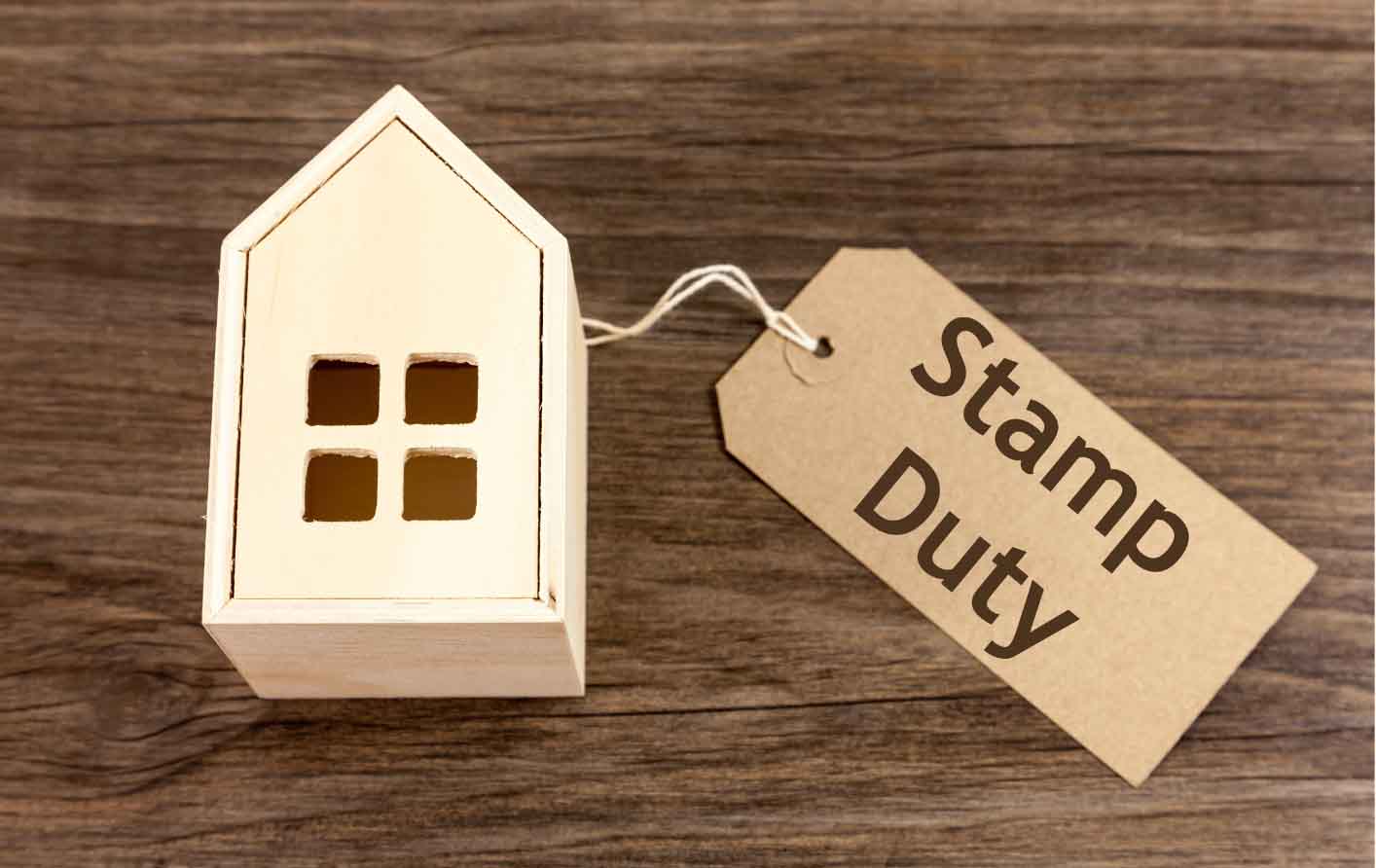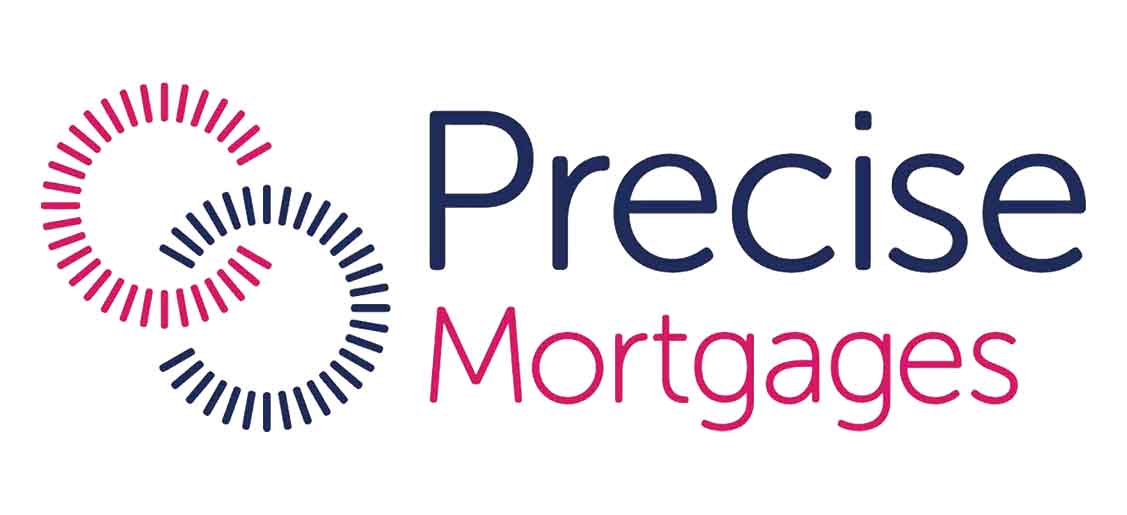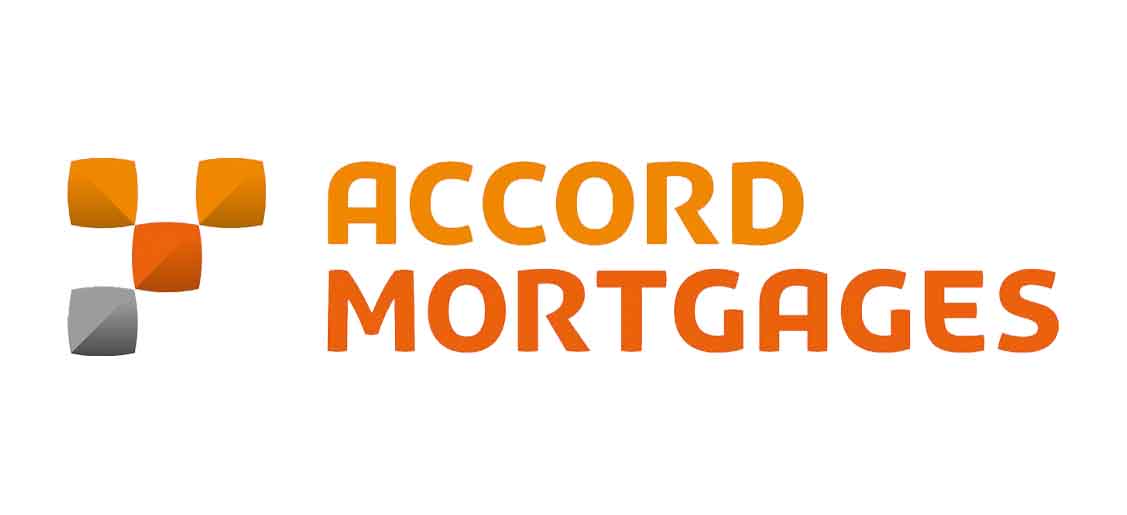Stamp Duty
Here’s a breakdown of the current Stamp Duty Land Tax (SDLT) calculations and percentages in the UK:
Applicability
- You’ll pay SDLT if you buy property or land exceeding a specific price threshold in England and Northern Ireland.
- Different taxes apply in Scotland (Land and Buildings Transaction Tax) and Wales (Land Transaction Tax, for purchases after April 1, 2018).
Thresholds
- Residential Property: No SDLT for properties under £250,000.
- First-Time Buyers: For residential properties up to £625,000, first-time buyers benefit from a higher threshold of £425,000 before SDLT applies.
Important
Your Property Financial Ltd can not provide Stamp Duty Land Tax advice. The information on this page is for purely information purposes and should never be relied upon. Always speak to and confirm your Stamp Duty Land Tax implications with your solicitor before beginning your transaction.
Rates
- SDLT is charged in a tiered system based on the portion of the property’s value that falls within each threshold. Here’s the current structure for residential properties (as of September 23, 2022, valid until March 31, 2025):
- 0%: Applies to the portion of the value below £250,000 (or £425,000 for first-time buyers buying a property worth £625,000 or less).
- 5%: Charged on the portion between £250,001 (£425,001 for first-time buyers) and £925,000.
- 10%: Applies to the portion between £925,001 and £1.5 million.
- 12%: Charged on the portion exceeding £1.5 million.
Additional factors
Surcharges: A 2% surcharge is added to each rate for non-UK resident buyers.
Multiple Property Ownership: For those already owning a property (additional property purchases), a 3% surcharge applies on each threshold band.
Calculating SDLT
Imagine you (a first-time buyer) purchase a property for £500,000. Here’s how SDLT would be calculated:
- You pay 0% SDLT on the first £425,000 (£425,000 x 0% = £0).
- The remaining amount subject to SDLT is £75,000 (£500,000 – £425,000).
- Since this falls within the £250,001 – £925,000 band, you’ll pay 5% on it: £75,000 x 5% = £3,750.
Therefore, your total SDLT for this scenario would be £3,750.
Several factors can influence your potential UK Stamp Duty Land Tax (SDLT) implications:
Property Type and Use:
Residential vs. Non-residential: SDLT rates and thresholds differ for residential properties (houses, flats) compared to non-residential ones (commercial buildings, land).
Mixed-use properties: If a property combines residential and non-residential elements, the SDLT treatment can get complex.
Buyer Status:
- First-time buyer: You benefit from a higher threshold of £425,000 before SDLT applies (up to £625,000 property value).
- Subsequent property purchases: An additional 3% surcharge applies on each SDLT rate band.
- Non-UK resident: A 2% surcharge is added to each SDLT rate for buyers without UK residency.
- Married to a current property owner: You may be a first-time buyer, but if you’re married to someone who already owns a property, you may have lost your own first-time buyer status for SDLT purposes.
Property Purchase Details:
- Purchase price: This directly affects the amount you fall under each SDLT rate band.
- Completion date: Be mindful of the upcoming SDLT changes planned for March 31, 2025. Completing a purchase after that date might result in higher tax due to revised rates.
- Chargeable consideration: The amount considered for SDLT isn’t always the straight purchase price.Inherited properties, transfers with mortgages, or part-exchange scenarios can involve different chargeable considerations.
Other factors:
- Shared ownership: If buying a shared ownership property (part-buy, part-rent), SDLT is usually only applied to the initial purchase portion.
- Multiple purchases: Simultaneous purchases of multiple properties might be treated differently for SDLT purposes
Making Your Stamp Duty Journey Smooth
For more details and specific calculations, you can refer to the official government resources:
- GOV.UK – Stamp Duty Land Tax: https://www.gov.uk/stamp-duty-land-tax/residential-property-rates
- GOV.UK – Stamp Duty Land Tax: Residential property rates: https://www.gov.uk/stamp-duty-land-tax/residential-property-rates
Remember, it’s always recommended to use an SDLT calculator offered by HMRC or speak to your solicitor for a more accurate estimate based on your specific situation.



























